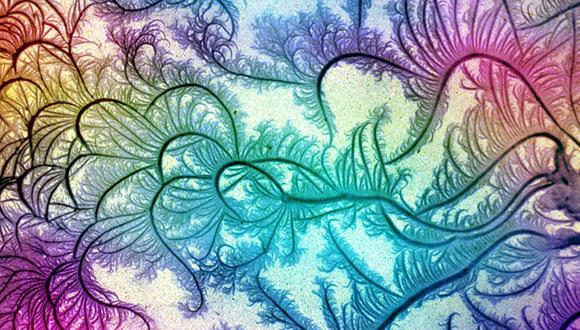סמינר בחומר מעובה: Proximity induced superconductivity in ballistic graphene/boron-nitride heterostructure
Dr. Moshe Ben Shalom, University of Manchester
Abstract:
Research on graphene has evolved into a stage where other isolated atomic planes of materials with weak interlayer forces (Van der Waals), can now be reassembled in a chosen sequence — as in building with Lego, with a significant "innovation" - the blocks are defined with one-atomic-plane precision [1]. The resulting stack represents an artificial material, and the quality of such stacks is in many ways unprecedented. Wide range of materials have already been implemented demonstrating improved tunnel transistors, solar cells, LEDs, and more. Theoretical physics predicted long ago, like fractal quantum states in magnetic field was recently probed in super-lattices formed between the layers, and new phenomena like valley currents in systems of controlled inversion symmetries are observed.
The first part of the talk is aimed to give a wide review of the recent developments and research done in Manchester in this field (not only for physicists).
The second part will focus on superconductivity, induced in a very "clean" and protected graphene layer, where electrons pairs can travel monochromaticlly for many micrometers before experiencing any scattering or de-coherence. Thanks to a nearly perfect electrical contact between the graphene and the superconductor, we observe extremely high superconducting currents that can be tuned by controlling the graphene properties. This currents persist even while applying high magnetic fields (corresponding to ~1000 flux quanta in the junction) and enable us to study new regime of proximity induced superconductivity [2], (which is actually interesting as will be discussed).
[1] "Van der Waals heterostructures." Nature499.7459 (2013): 419-425.
[2] "Proximity superconductivity in ballistic graphene, from Fabry-Perot oscillations to random Andreev states in magnetic field." arXiv:1504.03286 (2015).
מארגן הסמינר: פרופ' שמשון ברעד


